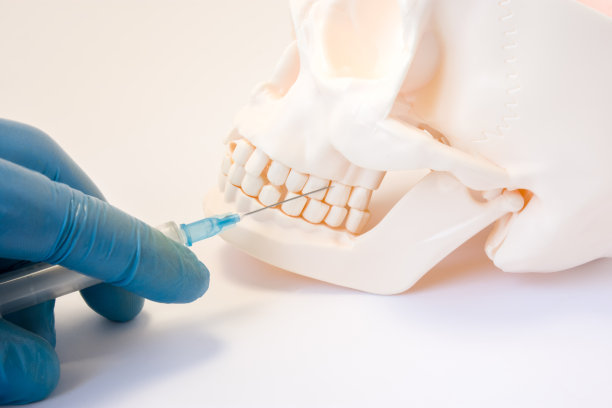Exploring the Benefits and Process of Dental Implant Treatment for a Brighter and Healthier Smile
Summary: Dental implants are a revolutionary solution for those seeking to restore their smiles and enhance their oral health. This article explores the myriad benefits of dental implant treatment, including improved functionality and aesthetics, and provides an in-depth overview of the process, which includes consultation, implantation, and aftercare. We highlight the significant advantages over traditional dentures and bridges, demonstrating why dental implants are often deemed the best long-term solution. Furthermore, we discuss how these implants not only restore smiles but also contribute to better overall health. Whether you’re missing one tooth or several, dental implants offer a brighter and healthier smile.
1. The Major Benefits of Dental Implants

One of the most significant advantages of dental implants is their natural appearance. Unlike traditional dentures that can sometimes look worn or out of place, implants are designed to mimic the look and function of natural teeth. The material used, often titanium or zirconia, blends seamlessly with the jawbone, providing a stable foundation that enhances the overall aesthetic of a person’s smile.
Additionally, dental implants improve chewing efficiency. Individuals with missing teeth often experience difficulties when eating, which can lead to poor nutrition and overall health deterioration. Implants allow for a full, robust chewing capacity, making it easier to enjoy a diversity of foods without discomfort.
Another critical benefit is the preservation of jawbone density. Teeth play an essential role in maintaining the structure of the jawbone. When a tooth is lost, the corresponding area of the jawbone can begin to deteriorate. Dental implants stimulate bone growth, helping to maintain jaw strength and shape while preventing further bone loss associated with tooth loss.
2. The Initial Consultation Process
The first step in the dental implant process is the initial consultation with a qualified dental professional. During this meeting, the dentist evaluates the patient’s oral health, reviewing their medical history and conducting a thorough examination. This assessment serves to identify any underlying issues that may need addressing before proceeding with the implants.
X-rays or 3D imaging may be employed during this consultation to provide a clearer picture of the bone structure and determine the best approach for implant placement. A customized treatment plan is then developed, outlining the procedure, timeline, and expected outcomes. Patients are encouraged to ask questions to ensure they feel comfortable and informed about the process.
Financial considerations are also discussed during the consultation. Understanding the costs involved, as well as potential insurance coverage options, can offer peace of mind as patients prepare for their journey toward a brighter smile.
3. The Surgical Procedure for Dental Implants
The actual surgical procedure for dental implants typically occurs in stages. The first phase involves placing the titanium post into the jawbone, serving as an artificial tooth root. Local anesthesia is used to minimize discomfort, and after the placement, the area is allowed to heal, which may take several months. This healing phase is crucial as it allows for osseointegration, where the implant fuses with the bone.
Once the implant is firmly integrated, the next stage is the placement of the abutment—a connecting piece that supports the crown. This step may involve a minor surgical procedure where the gum is reopened to expose the implant. Patients often report very little pain during this phase, with quick recovery times.
Finally, after healing from the abutment placement, the crown is custom-made and attached. This final piece is designed to match the patient’s natural teeth, ensuring a uniform appearance and functionality that restores the patient’s confidence in their smile.
4. Aftercare and Long-term Maintenance
After the completion of the implant process, proper aftercare is essential to ensure lasting results. Regular dental check-ups and cleanings are crucial for maintaining oral health and assessing the health of the implants. Dentists provide tailored care instructions to optimize recovery and longevity.
Proper oral hygiene practices, including brushing and flossing, should be maintained diligently. Unlike natural teeth, implants are not susceptible to cavities; however, gum disease can still affect the surrounding gum tissue and bone. Therefore, vigilant hygiene plays a pivotal role in preventing peri-implantitis, a harmful condition that can jeopardize implant success.
Patients are also advised to avoid harmful habits, such as smoking, which can impair healing and encourage complications. A balanced diet rich in vitamins and minerals supports recovery and enhances overall oral health, contributing to the longevity of dental implants.
Summary:
Dental implants offer a powerful solution for individuals looking to regain their smiles and improve their overall oral health. With benefits ranging from improved aesthetics to enhanced functionality, implants address many of the challenges associated with tooth loss. The process involves careful planning, surgical precision, and dedicated aftercare, all culminating in a brighter and healthier smile.
This article is compiled by Vickong Dental and the content is for reference only.



